
Exploring new places for the first time is one of the real joys of life. But seeing places you've known for years, the way they were well before your time, can be equally amazing and insightful.
This Independence Day, we've curated a collection of photos of famous Indian monuments as they were when Indian achieved freedom.
Municipal Corporation Building, Mumbai
Completed in 1895, the City Municipal Building in Colaba took 9 years to build. Designed by architect F.W. Stevens, it's home to the Brihanmumbai Municipal Corporation. It still stands today, its giant dome rising majestically opposite the Victoria Terminus Railway Station.
The Taj Hotel, Mumbai
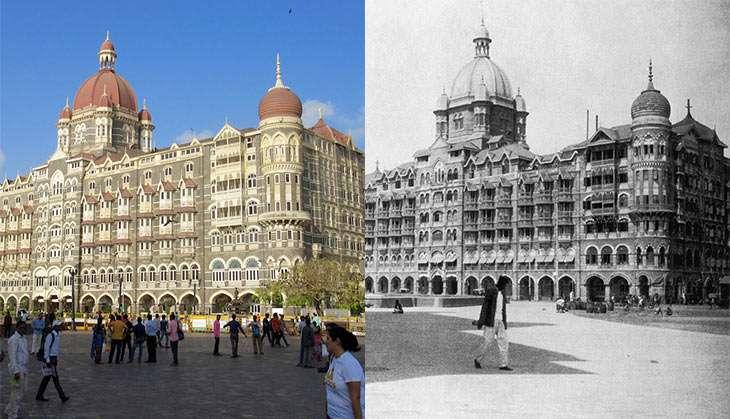
Built in 1903, some 21 years before even the Gateway of India, the Taj is Mumbai's first harbour landmark. Since it opened its doors, the magnificent hotel has played host to the richest and most famous people to have set foot in Mumbai, from maharajas to presidents, rock stars and actors.
The hotel was also one of the places attacked by terrorists during the 26/11 terror attack. At least 31 people were killed at the Taj. While the attack meant the hotel shut shop for over around 3 weeks, a major part of the hotel took almost 2 years to restore because of the damage sustained in the attacks.
Howrah Bridge, Kolkata
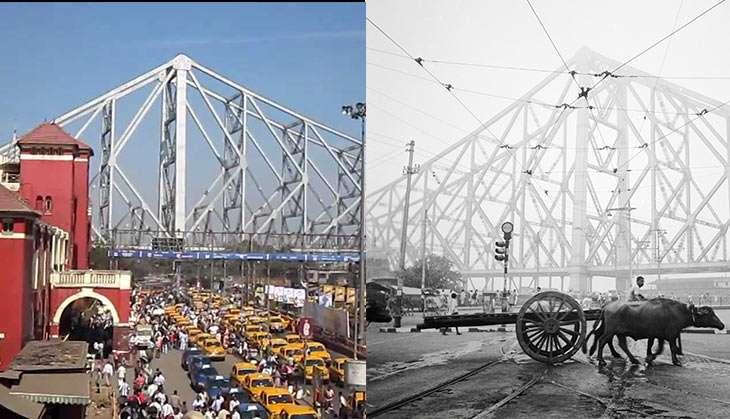
Built in 1943, the bridge was originally named the New Howrah Bridge as it was a replacement for an older pontoon bridge at the same location. The iconic bridge that has become synonymous with the city of Kolkata, links the two cities of Howrah and Kolkata.
While it was officially renamed Rabindra Setu on 14 June 1965, in honour of Rabindranath Tagore, it's still known to most locals as the Howrah Bridge.
Gateway of India, Mumbai
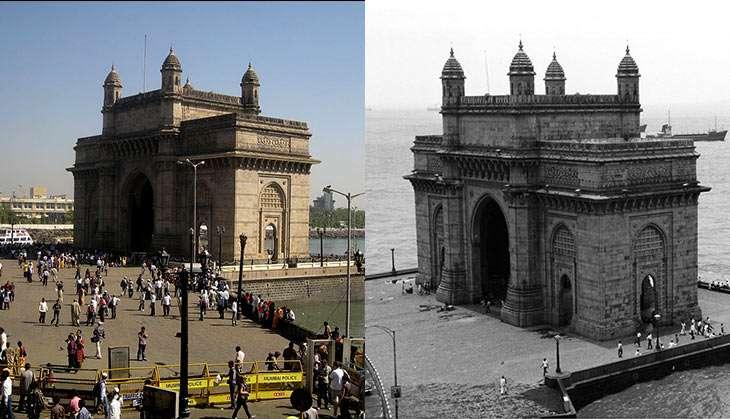
Meant to commemorate the 1911 landing of King George V and Queen Mary in Mumbai, the Gateway of India was finally completed in 1924. Located in the waterfront in South Mumbai's Apollo Bunder area, the structure is a 26-metre-tall arch made of basalt. It lies at the end of Chhatrapati Shivaji Marg at the water's edge in Mumbai Harbour.
The Temple of Dakshineswar, Kolkata
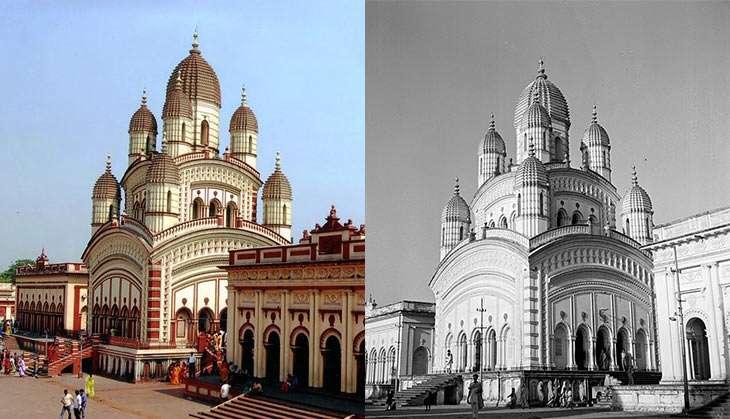
An ancient Kali Mandir, the temple is located in Dakshineswar, on the banks of the Hooghly River. Dedicated to Bhavatarini, an avtaar of Goddess Kali, the temple was built in the year 1855 by Rani Rashmoni who was a devotee of the goddess.
The Prinsep Ghat, Kolkata
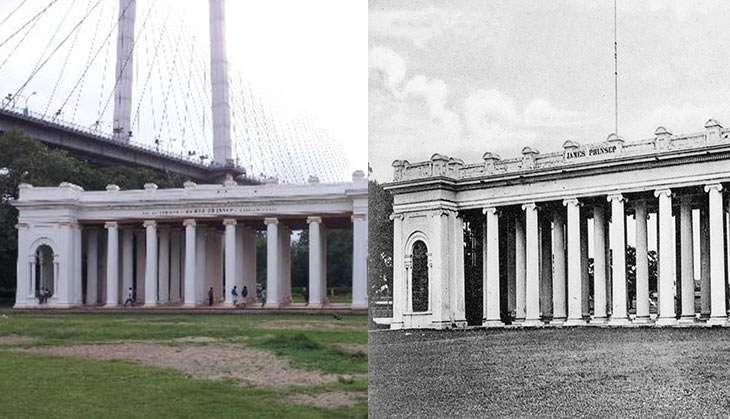
Situated between the Water Gate and the St George's Gate of Fort William, Prinsep Ghat was built in 1841 during British rule. It lies along the Kolkata bank of the Hooghly river. The famous Palladian porch that is the ghats main attraction was only built 2 years later in 1843.
Jama Masjid, Delhi
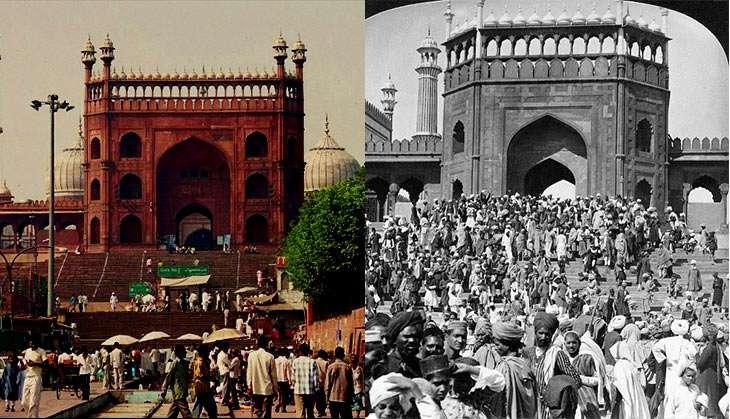
One of the largest mosques in India, Jama Masjid was built by Mughal emperor Shah Jahan between 1644 and 1656. The final structure has three huge gates, four towers and 40-metre-tall minarets constructed of red sandstone and white marble. The courtyard of the mosque is massive and can hold upwards of 25,000 people.
Jantar Mantar, New Delhi
The Jantar Mantar in Delhi is one of five built by Maharaja Jai Singh II of Jaipur. Earlier ate back to 1710, it's now know that the structure was completed in 1724. Its primary purpose was to compile astronomical tables though now it merely exists as a tourist attraction as well as a protest site.
Qutub Minar, New Delhi
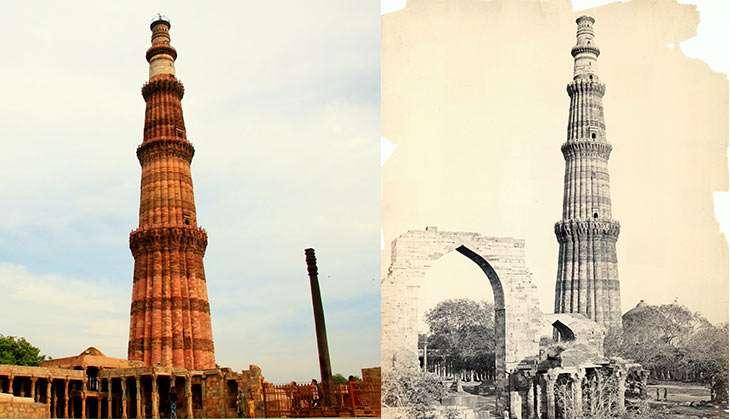
The world's tallest brick minaret, standing at a towering 73-metres-high, the Qutub Minar is absolutely stunning. Commissioned in 1199 by Qutub-ud-din Aibak, construction of the minaret and its surrounding complex began in 1200 AD. Along with the surrounding complex, the Qutub Minar is now a UNESCO World Heritage Site.
Connaught Place, New Delhi
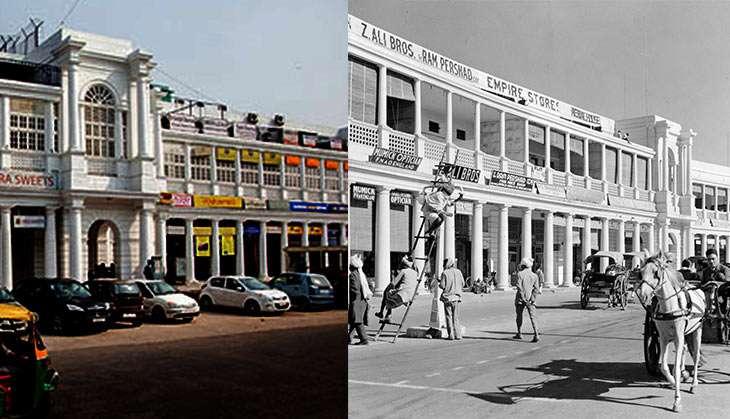
It is one of the largest financial, commercial and business centres in New Delhi. The area, located in the heart of Delhi, was named after Field marshal Prince Arthur, the first Duke of Connaught and Strathearn. Construction on the area began in 1929 and was completed just over 4 years later in 1933.
St. George's Cathedral, Chennai

Built in 1815, the majestic cathedral is also where the Church of South India was inaugarated shortly after Independence. The architecture is stunning, with tall spires, pillars, marble statues and memorials inside. Now open to the public, the cathedral was once played host to the likes of the governors of Fort St. George and their families as well as visiting viceroys.
First published: 14 August 2016, 23:26 IST

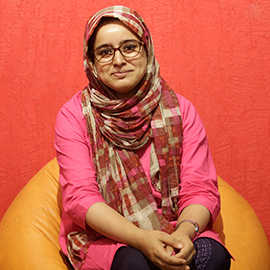
![BJP's Kapil Mishra recreates Shankar Mahadevan’s ‘Breathless’ song to highlight Delhi pollution [WATCH] BJP's Kapil Mishra recreates Shankar Mahadevan’s ‘Breathless’ song to highlight Delhi pollution [WATCH]](https://images.catchnews.com/upload/2022/11/03/kapil-mishra_240884_300x172.png)

![Anupam Kher shares pictures of his toned body on 67th birthday [MUST SEE] Anupam Kher shares pictures of his toned body on 67th birthday [MUST SEE]](https://images.catchnews.com/upload/2022/03/07/Anupam_kher_231145_300x172.jpg)






